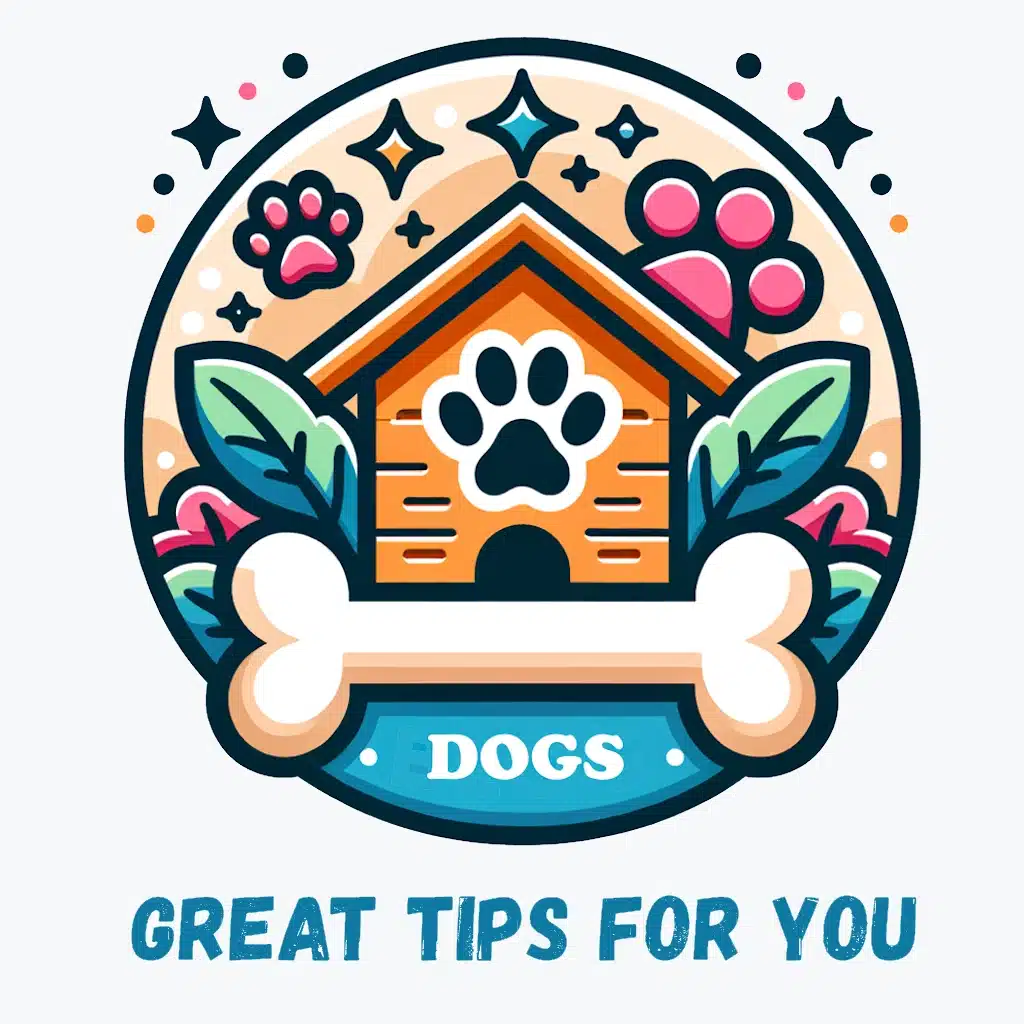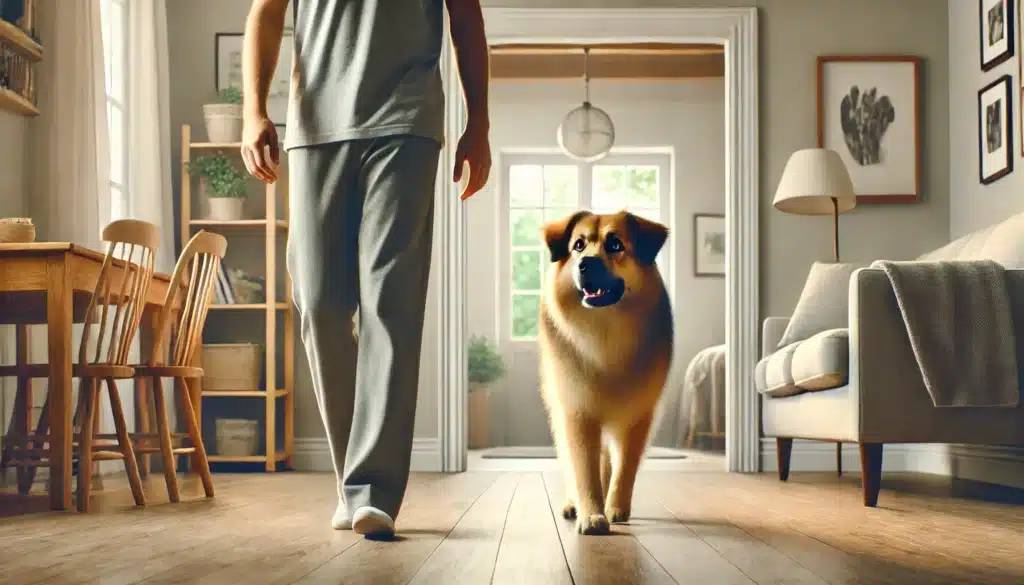Does your dog follow you from room to room, sit outside the bathroom door, or watch your every move? While it might feel cute (or a little clingy), this behavior is actually very common — and totally natural in most cases.
But when does following become excessive? In this article, you’ll discover why dogs follow their owners, what it means emotionally and behaviorally, and how to encourage more independence when needed.
Is It Normal for Dogs to Follow You?
Yes — dogs are social animals, and many are hardwired to stay close to their humans. In fact, following you around can be a sign of:
- Affection
- Curiosity
- Loyalty
- Bonding
- Instinct
However, in some cases, constant following can be a sign of separation anxiety, over-dependence, or lack of stimulation.
Common Reasons Dogs Follow Their Owners
🧠 1. They’re Pack Animals
Dogs are descendants of wolves and evolved to live in groups. Staying close to “the leader” (that’s you) makes them feel safe and connected.
🍖 2. They Think You Have Food
Let’s be honest — dogs are opportunists. If you’re the one who feeds them or sneaks treats, they’ll naturally want to stay nearby “just in case.”
🐾 3. They Want to Be Involved
Dogs are curious. They want to see what you’re doing, where you’re going, and whether it involves play, cuddles, or adventure.
🛋️ 4. They’re Bored
A bored dog may follow you around hoping something interesting will happen. If they lack stimulation, your movement is the main event of their day.
💞 5. They’re Bonded With You
Some dogs form very tight attachments — especially if they were rescued, raised alone with you, or tend to be emotionally sensitive.
Breeds like Labradors, Border Collies, and German Shepherds are especially prone to “velcro dog” behavior.
🐶 6. They Feel Anxious Without You
If your dog becomes restless, destructive, or panicked when you’re not around, their following behavior may be a sign of separation anxiety.
🧓 7. They’re Aging or Losing Senses
Senior dogs may follow more as they lose hearing or vision, using you as a source of security.
When Is It a Problem?
Following is usually harmless — but consider a deeper issue if:
- Your dog can’t relax unless you’re nearby
- They panic when you leave (even briefly)
- You can’t go to another room without them shadowing you
- They show signs of anxiety, whining, or pacing
- You feel overwhelmed or frustrated by the clinginess
In these cases, it’s important to build healthy independence — for your dog’s well-being and your own.
How to Encourage Independence
🧸 1. Provide Enrichment Without You
Keep your dog mentally and physically stimulated when you’re not involved.
- Puzzle toys and food-dispensing games
- Chew toys (like frozen Kongs)
- Hide-and-seek treat games
- “Find it” scent games
- Snuffle mats
This teaches them that fun doesn’t only happen around you.
🛏️ 2. Create a Calm “Place”
Train your dog to relax in a designated area like a mat or bed:
- Lure them to the mat with a treat
- When they lie down, say “Place” or “Settle”
- Reward and gradually increase the time
- Practice while you move around the room
This builds comfort with being near but not on top of you.
🚶♀️ 3. Practice Short Departures
Help your dog feel okay being alone:
- Leave the room for 1–2 minutes
- Return calmly and reward calm behavior
- Gradually increase the time and distance
Avoid dramatic goodbyes or emotional reunions — these increase tension.
🧠 4. Train Independent Habits
- Feed meals in a separate room
- Let them chew toys alone for part of the day
- Encourage “stay” and “wait” commands with distance
- Use baby gates or pens to create brief separation
🎾 5. Meet All Other Needs First
Dogs who follow constantly may be missing something — exercise, play, attention, or even a potty break. Build a solid daily routine of:
- Morning and evening walks
- Training/playtime
- Mental stimulation
- Quiet time
A fulfilled dog is less likely to obsessively shadow you.
🧴 6. Try Calming Products (If Needed)
If anxiety is part of the equation, consider:
- Calming pheromone diffusers or sprays
- Natural supplements (CBD, L-theanine, chamomile — vet-approved)
- Calming wraps or vests (e.g., ThunderShirt)
What Not to Do
- ❌ Don’t punish your dog for following you
- ❌ Don’t lock them away without preparing them first
- ❌ Don’t reinforce clingy behavior by always rewarding proximity
- ❌ Don’t expect instant independence — it takes time and trust
Final Thoughts: Following Is Love — Until It’s Stress
Your dog follows you because they love you, trust you, or simply want to be near the action. Most of the time, it’s nothing to worry about. But if it’s rooted in anxiety or becomes disruptive, it’s worth teaching your dog that it’s okay to be on their own.
Balance attention with space, and affection with structure — and your dog will become more independent, confident, and content, whether you’re in the room or not.







